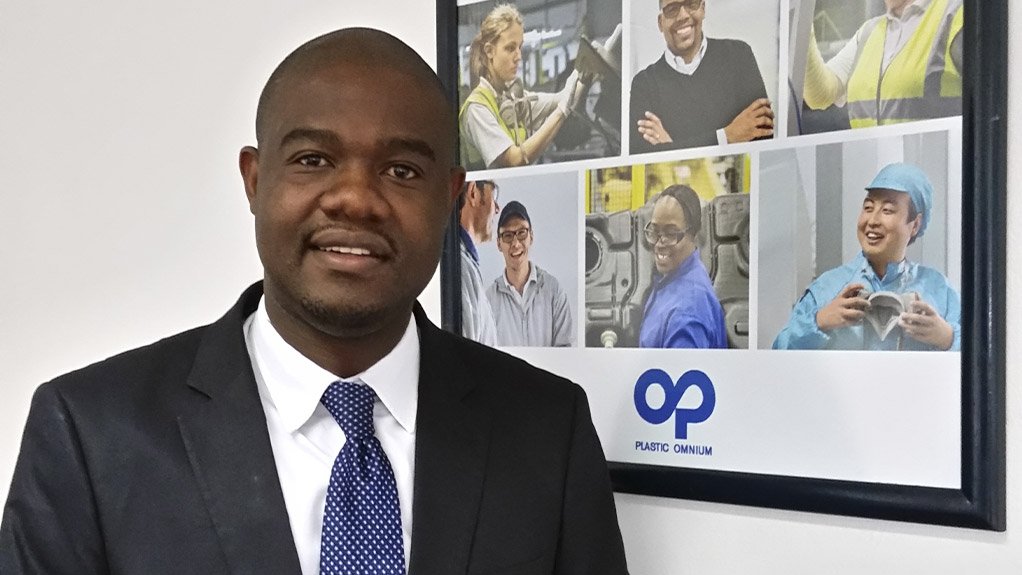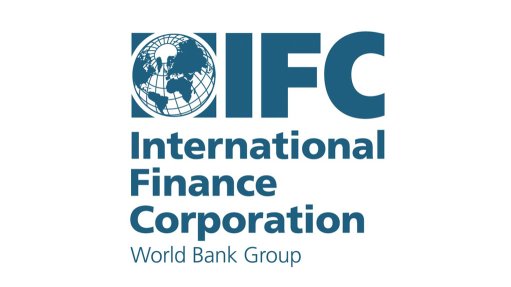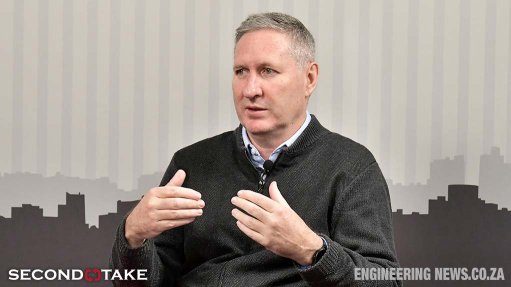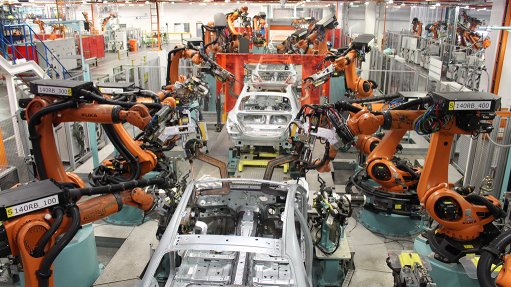Export competitiveness will boost local component manufacturers


ARTHUR MTOMBENI collaboration among stakeholders in the automotive value chains and original equipment manufacturers in countries will allow for the creation of a strategic supply base
Replacing imports with locally manufactured components and materials can sustainably improve local supplier development.
This is possible if quality standards remain within global benchmarks and if manufacturers can produce sufficient volumes to ensure their costs are competitive for the automotive supply chains, says National Association of Automotive Component and Allied Manufacturers (NAACAM) VP Arthur Mtombeni.
Local and global markets are soft, and are expected to remain subdued for a year or more; therefore focusing only on exports to support local supplier development is insufficient to ensure the sustainability of local manufacturers or suppliers.
However, if done judiciously and supported by enabling policies, import replacement can help to identify specific components and/or materials that can be competitively sourced locally, he adds.
“Developing suppliers through means of policy measures requires answers to key long-term considerations, including investment in tooling and the ability to support new models in five to ten years.”
The automotive component industry should cooperate not only to stimulate supplier development and determine what level of investment can be substantiated to drive local content, but also to chart a course for increasing localisation over time based on original-equipment manufacturers’ long-term plans and global mobility trends.
The targets in the Automotive Masterplan 2035 are aggressive, but the industry and local companies do not yet know what the impact of technological change will be and whether South Africa has the supply base to evolve and fulfil new mobility demands.
“What the new technologies will mean for us is not clear, and will largely be determined by the original equipment manufacturers, the types of technology platforms they will use and the vehicle models they will produce and support.
“Yet, we need to start creating the downstream industries capable of meeting new mobility and automotive energy requirements. The specific shape that the industry will take in Africa will be determined by the demands of customers and supporting elements such as the availability and suitability of infrastructure, including energy supply chains and logistics,” says Mtombeni.
The automotive industry can create a blueprint to frame its long-term development based on the broad global trends and information from original equipment manufacturers.
Global supply chain and manufacturing strategies are driven by prices and localisation is mainly driven by supply-chain considerations. However, as South African companies increase their sales and trade into other African countries in line with vehicle sales and growing after-market demand, they should identify opportunities to source materials, components and support services locally that will strengthen automotive value chains, he advises.
“Similar to the focus of NAACAM in South Africa, collaboration among stakeholders in the automotive value chains and original equipment manufacturers in countries will allow for the creation of a strategic supply base to serve the needs of original equipment manufacturers and end users.”
The challenge is to not create an additional layer in the value chain that adds costs and makes the value chain less competitive. The competitiveness of local suppliers is directly linked to manufacturing and pricing competitiveness, although product quality, reliability of supply and support services may provide advantages for the value chain.
Growing the supply base in South Africa is a challenge because the skills and experience are readily found in the industry, and concentrated in tier-one suppliers. Mtombeni says all companies must encourage experienced hands who want to start their own businesses to do so in the interest of growing the supply base. An established company can more readily replace the loss of a few people.
“Small and medium-sized businesses are typically the most suitable size for tier-two suppliers, but tier-one suppliers must be able to benefit from lean processes in these businesses, meaning that investment in equipment and processes must be targeted, prudent and underpinned by offtake agreements.”
Mtombeni emphasises that the Automotive Industry Transformation Fund, which pools the collective development funds of the industry, will boost the impact of supplier development initiatives and investments in line with the industry’s needs and government policy objectives.
From a policy point of view, government is clear in terms of the new Automotive Production and Development Plan that initiatives and incentives must further transform and simultaneously support the automotive industry.
“There is consensus and energy in the industry to develop new local black-owned suppliers, and we encourage entrepreneurs and local automotive suppliers to work with NAACAM to determine which parts of the supply chain can sustainably be localised,” he concludes.
Story highlights:
* The automotive component industry must cooperate to stimulate supplier development, greater localisation and to chart a course based on global mobility trends.
* Collaboration among automotive value chains stakeholders will allow for the creation of strategic supply bases in regions and countries.
Comments
Press Office
Announcements
What's On
Subscribe to improve your user experience...
Option 1 (equivalent of R125 a month):
Receive a weekly copy of Creamer Media's Engineering News & Mining Weekly magazine
(print copy for those in South Africa and e-magazine for those outside of South Africa)
Receive daily email newsletters
Access to full search results
Access archive of magazine back copies
Access to Projects in Progress
Access to ONE Research Report of your choice in PDF format
Option 2 (equivalent of R375 a month):
All benefits from Option 1
PLUS
Access to Creamer Media's Research Channel Africa for ALL Research Reports, in PDF format, on various industrial and mining sectors
including Electricity; Water; Energy Transition; Hydrogen; Roads, Rail and Ports; Coal; Gold; Platinum; Battery Metals; etc.
Already a subscriber?
Forgotten your password?
Receive weekly copy of Creamer Media's Engineering News & Mining Weekly magazine (print copy for those in South Africa and e-magazine for those outside of South Africa)
➕
Recieve daily email newsletters
➕
Access to full search results
➕
Access archive of magazine back copies
➕
Access to Projects in Progress
➕
Access to ONE Research Report of your choice in PDF format
RESEARCH CHANNEL AFRICA
R4500 (equivalent of R375 a month)
SUBSCRIBEAll benefits from Option 1
➕
Access to Creamer Media's Research Channel Africa for ALL Research Reports on various industrial and mining sectors, in PDF format, including on:
Electricity
➕
Water
➕
Energy Transition
➕
Hydrogen
➕
Roads, Rail and Ports
➕
Coal
➕
Gold
➕
Platinum
➕
Battery Metals
➕
etc.
Receive all benefits from Option 1 or Option 2 delivered to numerous people at your company
➕
Multiple User names and Passwords for simultaneous log-ins
➕
Intranet integration access to all in your organisation


















